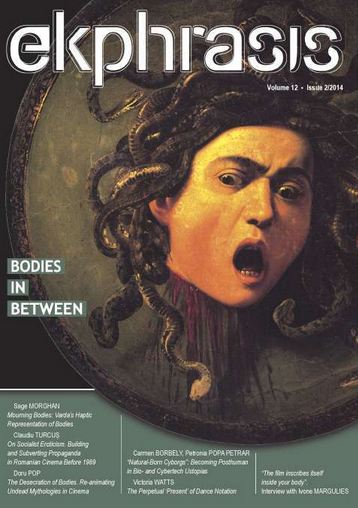Stars and Aces: Changes in Portuguese Photographic Portraits during the 1920’s
Stars and Aces: Changes in Portuguese Photographic Portraits during the 1920’s
Author(s): Paolo BaptistaSubject(s): Photography
Published by: Universitatea Babeş-Bolyai, Facultatea de Teatru si Televiziune
Keywords: Fotografia Brasil; Portuguese photographic portrait; Ilustração Portuguesa; Joaquim da Silva Nogueira; Luísa Satanela; Adria Rodi
Summary/Abstract: From late 1910’s and throughout the 1920’s, Fotografia Brasil, a Lisbon commercial portraiture studio, led by Joaquim da Silva Nogueira, photographed stage artists and introduced modernist practices in Portuguese photography, still dominated by the late 19th-century taste. Lisbon was then a frequent stopover on the route to South America and, especially, to Brazilian ports, and the work of Silva Nogueira benefited a lot from the posing sessions with foreign artists that stopped over in Lisbon during their artistic tours. Since 1920, Fotografia Brasil had become the leading supplier of artist portraits to the Portuguese illustrated press, eager of pictures from theatrical activity. The background of the Fotografia Brasil photographic portraits activity may justify, for instance, the daring photo sessions with the Italian-born dancer Adria Rodi, whose presentations in the Lisbon theatres called the attention of the popular magazine Ilustração Portuguesa (August 1919). Adria Rodi’s audacious poses and Silva Nogueira’s modern photographic look surprised the conservative Portuguese society. Photographs of other popular artists soon started to be regularly published in special sections of illustrated magazine, face to face with international stars highlighting Silva Nogueira’s modern portraits. Though most of the Portuguese stage artists called upon the services of Silva Nogueira throughout the fifty years of his studio’s activity, it was during the 1920’s that he stood out establishing a special relationship with the actress, singer and dancer Luísa Satanela, who played a key role in the transformation of the Portuguese theatrical scene. Satanela introduced modernist design costumes, sceneries and dancing choreographies in the stage performances of revista, a theatrical genre quite popular in Portugal. Silva Nogueira extensively portrayed Satanela in surprisingly modern photographic series, innovating over and over, in an unusual complicity process, setting the pace for the decisive renewal of the Portuguese photographic portrait activity, with emphasis on close-up and body image1.
Journal: Ekphrasis. Images, Cinema, Theory, Media
- Issue Year: 12/2014
- Issue No: 2
- Page Range: 217-231
- Page Count: 15

